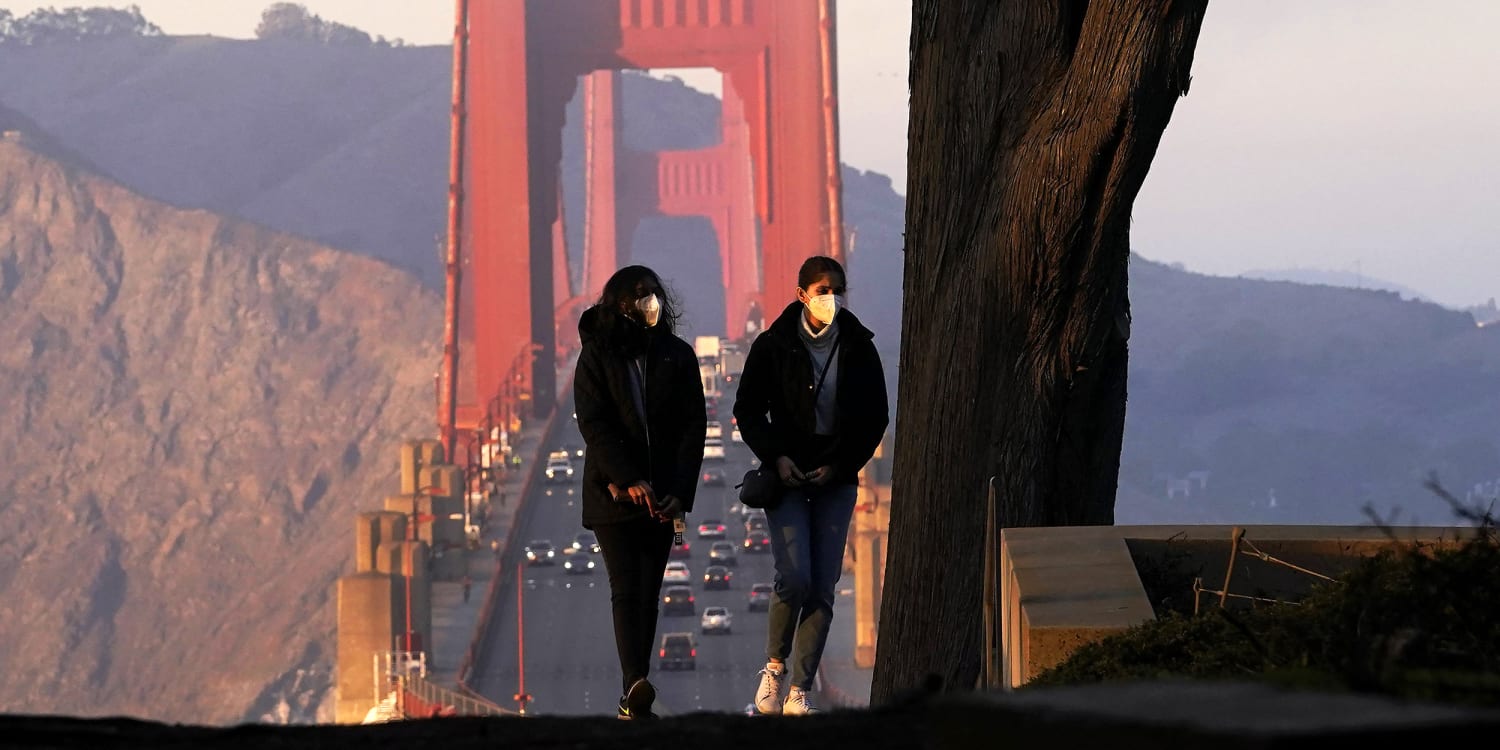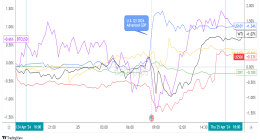
Teens tend to respond to significant unwanted restrictions in one of two ways: with devastation or defiance. Eyes brighten with wetness; tear-stained faces swell; anger reigns — until, that is, desire to see anyone or do anything fades away as depression sets in.
This has been the reliable trajectory over the last year for conscientious teens around the country whose parents have thrown their authority behind enforcing states’ shelter-in-place orders or federal guidelines about limiting social interactions outside their households.
But what parents and other authority figures need to understand is that teens are responding to a stymied developmental imperative. Adolescents don’t just prefer to spend time with their peers; they do so as part of their need to pull away from their parents to test their values, practice problem-solving and log the thousands of interactions that are essential to maturation. The social skills they develop during these years and the connections they build also breed emotional resilience.
And yet teens’ worlds have contracted more severely than those of most adults and children, and left many of them with no sanctioned way to socialize.
Policymakers are being forced to accept that young adults’ widespread defiance points to a problem with the rules, not the kids.
A Dec. 4 stay-at-home order from the San Francisco Department of Public Health is an instructive example of how teens’ needs weren’t taken into account. Under the original version of the order, residents could leave their homes only in certain circumstances, and everyone was prohibited from getting together with members of different households — even outside, masked and distanced.
Yet outdoor fitness classes for adults could continue, many retail establishments could stay open, child care centers and schools that had reopened could remain open, and nannies could enter private homes. In these exceptions, the needs of adults and children found recognition and accommodation. But many teens whose schools remain closed — which includes students at all public schools in San Francisco — were effectively told that they weren’t allowed to see other human beings their age with whom they didn’t already live.
Well, some teens were told that: The city made exceptions for out-of-school-time programs — such as arts classes and organized sports — and for private tutors, which provide in-person interaction only for those who can afford and access them, furthering the city’s racial and socioeconomic divides. A gender discrepancy is likely to arise, as well, since girls’ sports participation still lags behind boys’ and parents still tend to treat daughters differently and more protectively.
The entire calculus behind the exceptions assumes a so-called typical teen experience — but it’s disproportionately typical for teens who are white, middle- or upper-middle-class and male. It also doesn’t take into account the experiences of teens who have been subject to significant trauma and whose emotional stability truly depends on spending time with their “person” when, in fact, it is developmentally appropriate for teens to seek emotional support from romantic partners or friends, rather than caregivers. It also doesn’t take into account that friends can be a critical backstop for teens when fewer adult eyes are available as mandatory reporters. And these restrictions don’t take into consideration that requiring caregivers to enforce a prohibition on getting comfort can strain the parent-child relationship.
What parents and other authority figures need to understand is that teens are responding to a stymied developmental imperative.
In addition, we can’t ignore the psychological necessity of social interactions for teens when the Centers for Disease Control and Prevention reports that 1 in 4 young people ages 18 to 24 have had suicidal thoughts and the proportion of mental health-related emergency room visits among 12- to 17-year-olds is up by about 31 percent.
Though the fear of missing out (or truly missing out) isn’t a clinical diagnosis, we know that scrolling through social media feeds can leave teens both forlorn and anxious about where they fit in. They see giggling, maskless friends trying out new arm motions in bedroom TikTok videos or hanging out cheek to cheek at the beach. For the depicted teens, the threat of fines or other punishments doesn’t deter.
They think, and then lead others to think: When compliance feels impossible, why try?
We’ve seen this dynamic play out with young adults for months. When policies are too strict to allow for any developmentally appropriate interactions, college students in particular bend or flout the rules. In September, a group of students at Northeastern University did so when they watched a basketball game together. When university officials found out, 11 were sent home. Universities across the country, including Ohio State, Penn State and Purdue, have suspended students for attending parties.
It didn’t stop the merrymaking.
Teens’ worlds have contracted more severely than those of most adults and children.
Policymakers are being forced to accept that young adults’ widespread defiance points to a problem with the rules, not the kids — and that an abstinence-only message about hanging out backfires as much as anti-sex messaging does. So at Dartmouth College, for example, officials now will allow students to visit friends in other residence halls, and they are providing access to more indoor spaces for safe community building and offering more outdoor activities, such as sledding, ice skating, cross-country skiing and snowshoeing.
In San Francisco, the initial stay-at-home order has been revised to permit outdoor meetups with one person who doesn’t live with you, allowing adults to go on dates. To the extent that the update reflects a new approach to harm reduction — namely, that allowing some risk is better than permitting none and risking total noncompliance — it’s a good thing.
Still, the revision’s monumental impact on teens seems to have been a happy coincidence — and teens’ mental health cannot remain an afterthought. They need reasonable restrictions that reflect both the science of epidemiology and the science of adolescent development.
We propose two inclusions for stay-at-home orders: permitting masked, distanced social interactions outdoors for anyone ages 13 to 19 at least once per day and instituting exceptions to allow adolescents experiencing the aftermath of significant trauma to do so inside their homes alongside one peer.
Furthermore, policymakers should invest in teen mental health by subsidizing telehealth therapy and creating hotlines to manage short-of-crisis stress. The ACLU’s Youth Liberty Squad survey found that 32 percent of students who weren’t getting counseling services before the pandemic now feel they need them. With new funding streams, schools could establish teen-to-teen mentoring programs, provide individual appointments with counselors and offer distanced sidewalk home visits from social workers.
Our teens need the kind of forceful advocacy from adults that resulted in the reversal of playground closings in California. Teens aren’t cute little kids anymore, but they’re just as vulnerable — and in this situation, arguably more so.
We need to speak up for them and, to the extent their parties can be interpreted as acts of civil disobedience, protest with them. Policymakers need to listen.
Source: | This article originally belongs to Nbcnews.com









